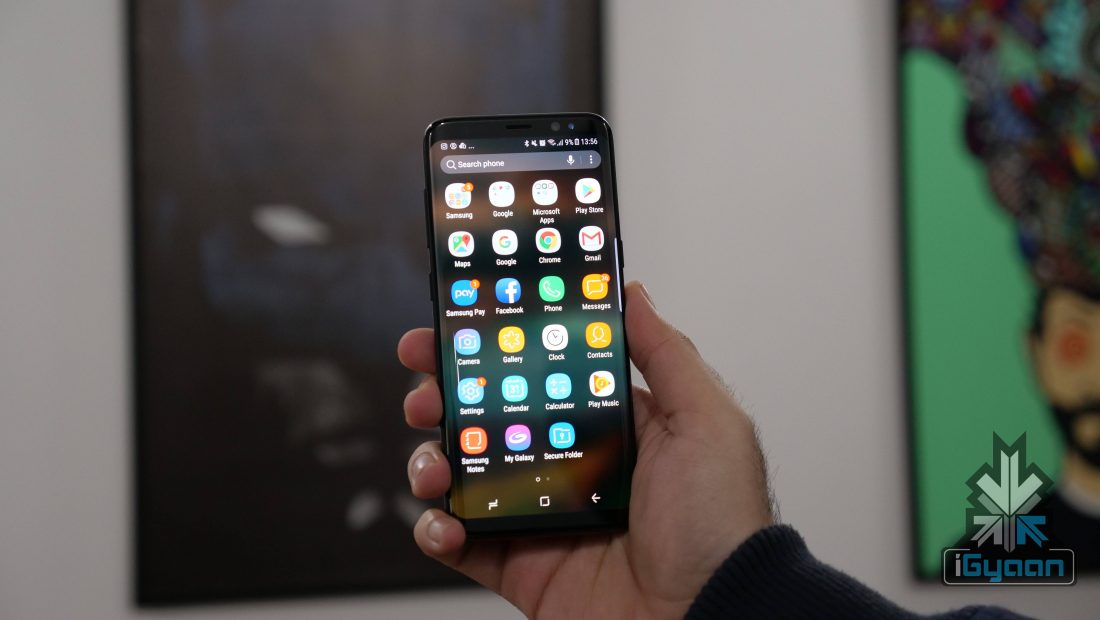Samsung Galaxy S8 Android 8 Oreo Update Suspended

Android 8 Oreo, much like iOS 11, seems to be a troubled software update of 2017. Officially launched back in August, OEMs were slow to roll out updates but, at least some devices were being updated. Samsung recently started rolling out the Android 8 Oreo update to its 2017 flagship, the Galaxy S8 and S8+. This rollout began after an extensive Beta program was carried out.
However, the company had to suspend the new software update rollout. This isn’t the first time an OEM had to suspend the Android 8 Oreo update. Smartphone makers like Xiaomi, OnePlus also halted updates to their devices. Samsung has come out and clarified its stance on the matter:
Following a limited number of cases where Galaxy S8 and S8+ devices have rebooted unexpectedly with the Android 8.0 Oreo, we have temporarily stopped the rollout of the update. We are investigating the issue internally to ensure that the impact to the affected devices is minimized and the rollout of the update can resume as quickly as possible.
When the year began, Xiaomi had to suspend the Android 8 Oreo update to its Mi A1 devices. Many users complained about issues pertaining to an unresponsive camera and dialer app. Similarly, OnePlus had to suspend the rollout for the OnePlus 5T.
There is no confirmation from the company as to when the rollout will resume. The downloaded files will be deleted if you haven’t installed the update yet.
Some Android 8.0 Oreo features:
User Interface
Users can now organise notifications into custom channels and modify the alerts for the entire channel. An autofill framework in the operating system makes the repeated filling of forms easy for the user. This can range from sign up information to a new service, or credit card information to make a payment. The feature will prevent frustration and repetitiveness by allowing users to quickly fill in a form. Users will have to opt-in for the Autofill framework, after which new and existing applications can make use of the feature.

Picture-In-Picture Mode and New Notifications
A new picture-in-picture feature allows users to continue operating the device without interruptions for things like watching a video. Another interesting change in the UI this time around is Adaptive Icons. The supported shapes are Circle, Squircle, Rounded Square and Square.
Behind The Screen
A cache budget is allocated to every application. When the system is low on resources, the applications that exceed the cache budget the most will be the first to have their cached files deleted. Developers can also set custom triggers to update the content when it is stale or outdated, even without a specific request from the user. There are also background execution limits, which ensures that applications running in the background don’t use up a lot of system resources.
Media playback should be significantly improved for users, as now there is fine-grained control to scrub to a particular frame in a video. Applications can also now mix multiple audio and video tracks at once, for streaming purposes.
A smart sharing feature allows the operating system to guess the context of a photo, and pick the best application to hand the image over to. The more you use your phone, the more your smartphone will learn about your behaviour and act accordingly. A smart copy feature enables similar functionality but for text, where the smartphone recognises if the text copied is an address, a phone number or name of an entity, and suggest opening a relevant app.























